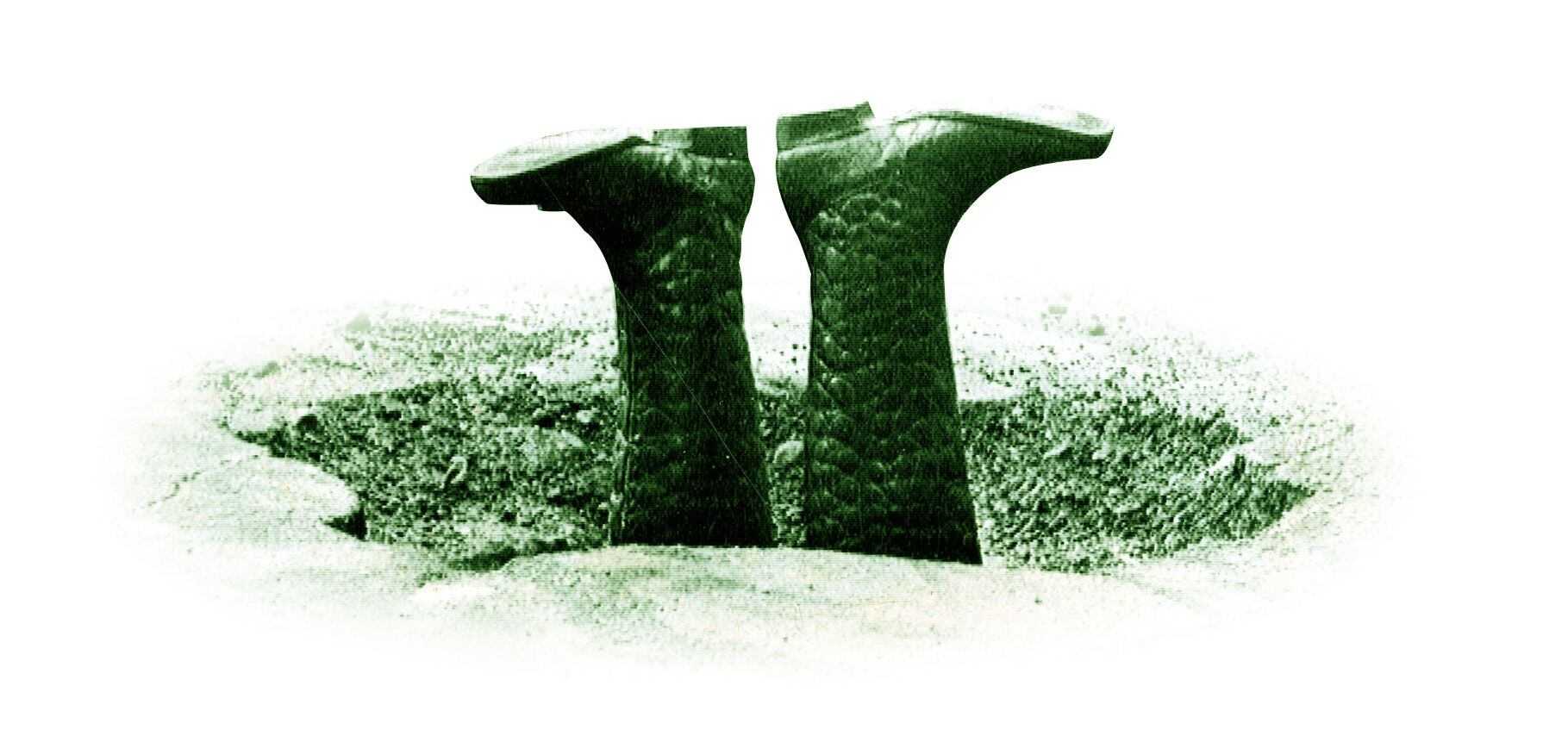
Pothole season is upon us. See which neighborhoods have the most reports
Boston’s 311 data provides a day-by-day look at the condition of the city’s streets and sidewalks, which neighborhoods are hit hardest, and just how fast repairs are made.
Each year, thousands of potholes plague Boston’s streets. The sunken patches of pavement, often caused by repeated freeze-thaw cycles below the roadway, are a menace to drivers, bicyclists, and anyone else who relies on city streets.
But how pervasive are they? Boston’s 311 service generates thousands of requests for pothole repairs across the city, allowing us to see which areas of the city are seeing the most requests for pothole repair, how this year stacks up to previous years, and how quickly potholes are getting repaired in Boston’s various neighborhoods.
Explore the map and data below before your next drive.
pothole repair requests
- Open requests
- Closed requests
Source: Analyze Boston
Advertisement
How 2025 compares with previous years
But, late winter in Boston is known as pothole season, and there’s a reason for that. More requests for pothole repairs are made in the winter and early spring as temperatures fluctuate widely. March has the highest number of requests, followed by February, April, and January. From 2015 to 2024, the first four months of the year accounted for more than half of all repair requests.
Pothole repair requests by year
Neighborhoods with the most requests for repair
leads all neighborhoods in Boston with requests for repair in , more than the next highest neighborhood, .
represents percent of the city’s total number of requests. The top three neighborhoods — — account for percent of all requests.
Most pothole repair requests by neighborhood
See the top 10 neighborhoods in total service requests made this year:
Advertisement
Time to close a request for repair varies by neighborhood
The city generally aims to close pothole repair requests within 24 hours, though that target can fluctuate, and most pothole repairs are made within 48 hours, according to city officials.
Not every pothole reported is the responsibility of the city, or indeed even a pothole. In instances where the damage occurs around a utility casting, the request is closed when the utility company responsible is notified of the damage. Additionally, some reported potholes are determined to be on private property, and thus, the responsibility of the property owner. And in some instances, city employees are unable to find a pothole at the reported location.
How fast are potholes repaired in each neighborhood
Total number of closed requests by neighborhood compared with the median time it took to close those requests. Touch the circles below to see neighborhood details.
Neighborhood by neighborhood breakdown
Below is a neighborhood by neighborhood look at the city, including how many open and closed requests each neighborhood has, how many of those are overdue, and how quickly the neighborhood’s repair requests are completed.
Advertisement
About this data
Data on pothole repair requests comes from 311 service request data provided by the city of Boston through its open data hub, Analyze Boston. Location data is provided for each repair request within the data, though some location data does not correspond directly with the repair request location. In these instances, repair requests have not been mapped.
When determining which neighborhood a request originates from, the name of the neighborhood provided on the request is used, except for requests that have been assigned a neighborhood of “Boston.” These requests have been assigned to the “Not listed” category. Requests for pothole repairs for neighborhoods outside of Boston were not included in this data.
All requests include those made by calls to 311 by the public, reports made through the BOS:311 mobile app, the city worker app, or other requests that are city-employee generated. Data labeled as from constituents or publicly reported includes only requests made through 311 calls or the BOS:311 mobile app.
Credits
- Reporting, Design, and Development: John Hancock
- Editor: Christina Prignano
- Top image: Associated Press File Photo
- Quality assurance: Nalini Dokula
© 2025 Boston Globe Media Partners, LLC


